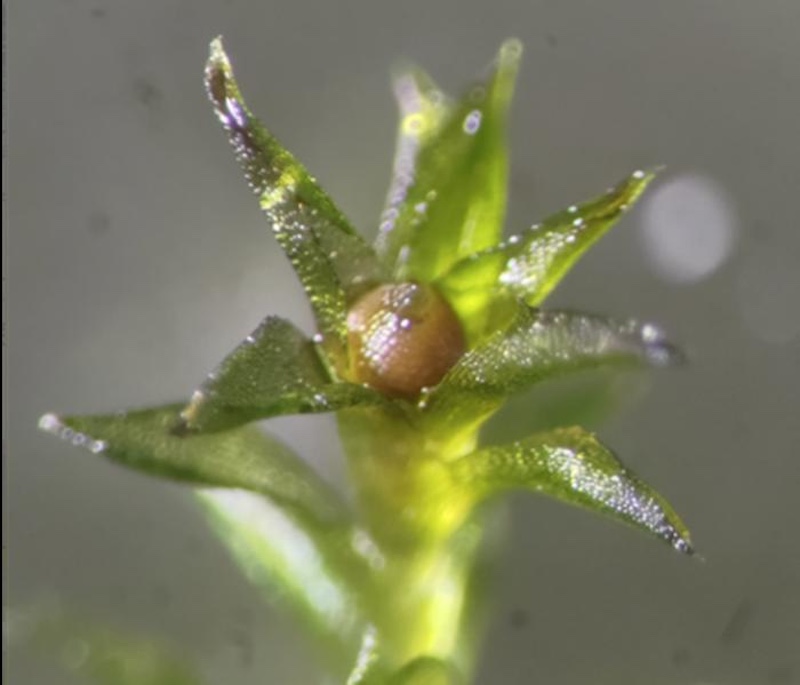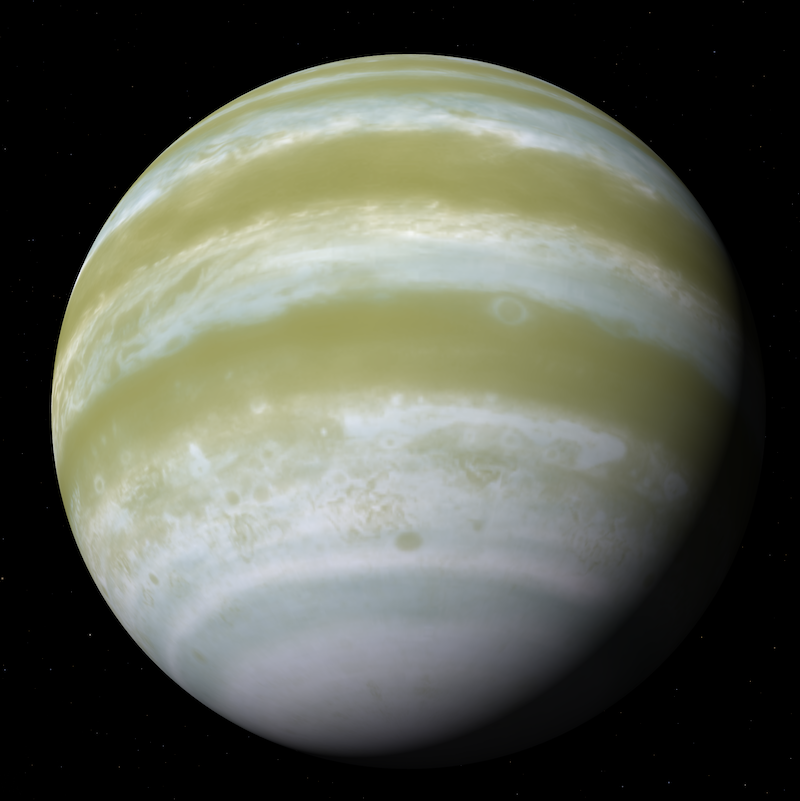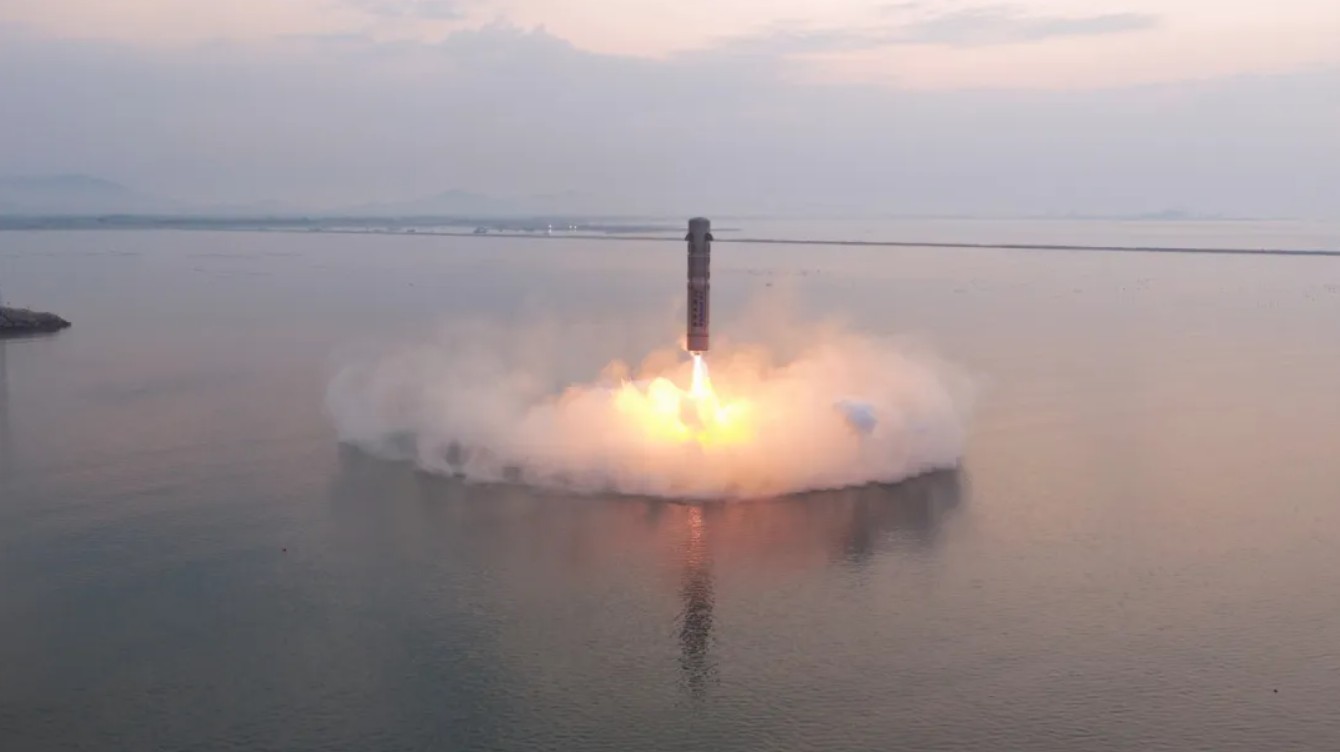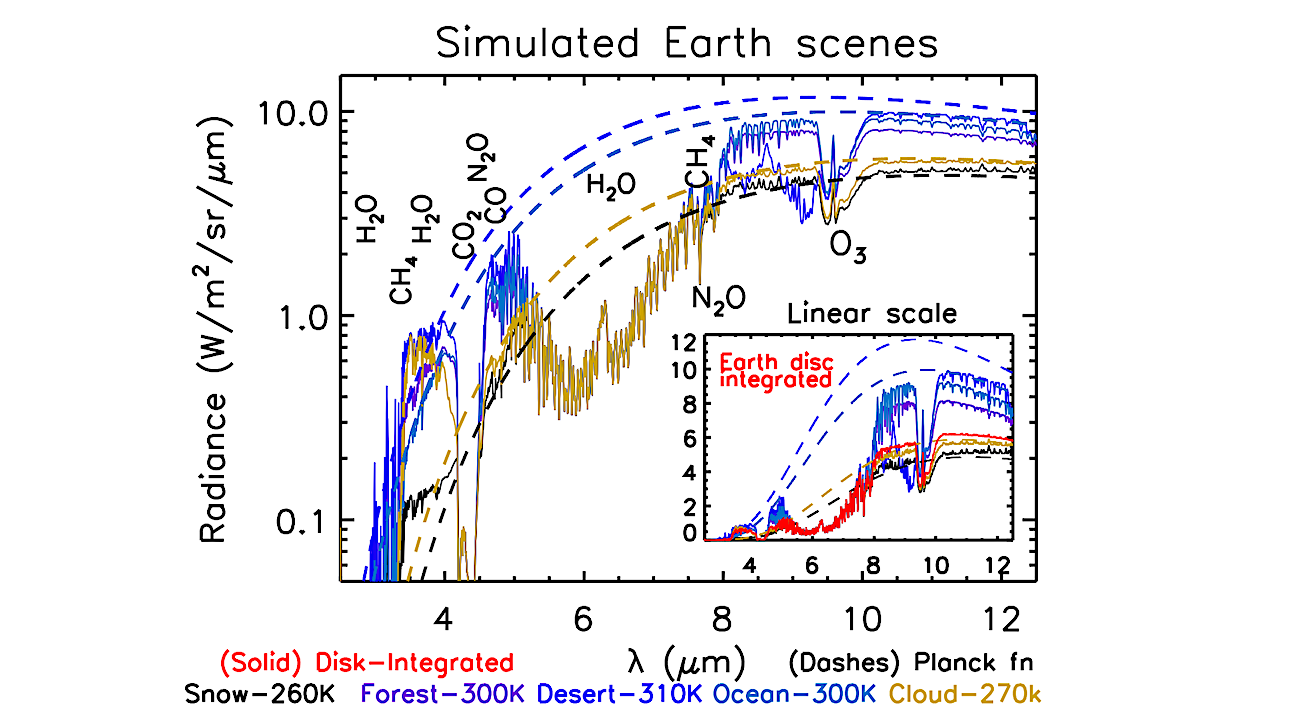Now Reading: Tantalizing dark streaks on Mars are bone-dry, study says
-
01
Tantalizing dark streaks on Mars are bone-dry, study says
Tantalizing dark streaks on Mars are bone-dry, study says


- Long, dark streaks on steep slopes on Mars have puzzled scientists for decades. Some only last for days while others can remain for years. Could they be signs of liquid water?
- Brief flows of briny (salty) water could explain the streaks, some scientists said. But a new study of over 500,000 streaks disputes that.
- Using machine learning, the new findings suggest only wind and dust are responsible.
Strange dark streaks on Mars
If you look at orbital photos of Mars, you might see long, dark streaks that look like water flowing down the sides of steep cliffs and the walls of craters. But are they? Some streaks last for years or even decades, while others form and then vanish much more quickly but reoccur in the same locations. On May 19, 2025, a new study by researchers in the U.S. and Switzerland said the streaks aren’t caused by water. Instead, the study suggests, the streaks are due to wind and dust.
Scientists first saw these sinewy streaks in images from the Viking orbiters in the 1970s. Since then, thousands have been found. Some scientists theorized they could be caused by briny (salty) water temporarily flowing down steep terrain before vanishing in Mars’ thin atmosphere. But now it appears they are not occasional water flows, but instead dry dust avalanches.
The researchers – from Brown University in Providence, Rhode Island, and the University of Bern in Switzerland – reached their conclusion using machine learning, a type of artificial intelligence or AI. They analyzed a dataset of about 500,000 of the dark streaks.
The researchers published their peer-reviewed results in Nature Communications on May 19, 2025.
The global, geostatistical analysis of half a million albedo features – so-called slope streaks – suggests that modern Mars’ slopes do not commonly experience transient flows of water or brines, according to a paper in Nature Communications. go.nature.com/4dudgaD ? ?
— Nature Portfolio (@natureportfolio.nature.com) 2025-05-23T19:47:01.397Z
Impact-Induced Dust AvalanchesThese slope streaks are formed by dry dust avalanches. We’ve also seen large new dust avalanches associated with new impacts at previous locations.uahirise.org/hipod/ESP_05…NASA/JPL-Caltech/University of Arizona#Mars #science #NASA
— HiRISE BeautifulMars (NASA) (@uahirise.bsky.social) 2025-05-13T14:26:55.453Z
2 kinds of dark streaks on Mars
Orbiting spacecraft have found thousands of these dark streaks. What are they?
The streaks tend to occur on steep slopes, such as on cliffs or the rims of craters. They are darker than the surrounding terrain and can run for hundreds of miles/meters. They gradually lighten in color and then fade away.
There are generally two kinds of streaks. The first remain in the same place and can last for years or even decades. The other streaks are similar but are much more short-lived. They fade away not long after they form and also appear in the same spots, when temperatures are warmest. Scientists call these recurring slope lineae (RSLs). It should be noted that these streaks are thin surface features, different from gullies, of which there are also many on Mars.
The recurring slope lineae in particular look a lot like small flows of water that then sublimate – turn directly into a gas instead of evaporating – in Mars’ extremely thin atmosphere. But even then, the water would need to be briny (salty) to last even a short while on Mars’ surface.

Hundreds of thousands of streaks
Scientists have debated for decades what causes these streaks. They look like water flows, but are they? Some studies have supported that interpretation, while others have proposed dry dust or sand flows instead.
This new study supports the dry dust explanation. Adomas Valantinas, a postdoctoral researcher at Brown University, said:
A big focus of Mars research is understanding modern-day processes on Mars, including the possibility of liquid water on the surface. Our study reviewed these features but found no evidence of water. Our model favors dry formation processes.
Valantinas, and his co-author Valentin Bickel at the University of Bern, used machine learning to try to determine the explanation for the mysterious streaks. They scanned more than 86,000 high-resolution images taken by orbiting spacecraft. This produced the first-of-its-kind global map, containing over 500,000 streaks altogether. Bickel said:
Once we had this global map, we could compare it to databases and catalogs of other things like temperature, wind speed, hydration, rock slide activity and other factors. Then we could look for correlations over hundreds of thousands of cases to better understand the conditions under which these features form.


No water needed?
So, what did the results show? They revealed that both types of streaks occur in areas with above average wind speed and dust deposition. They were not associated with any specific slope orientation, high surface temperature fluctuations or high humidity. This argues against water being involved in their formation.
Instead, the streaks tend to occur where layers of fine dust can suddenly slide down steep slopes. The longer-lasting streaks are also more common near recent impact craters. The impacts could easily shake loose dust on nearby slopes, causing it to slide downward. In addition, the researchers found that recurring slope lineae occur more often in areas with dust devils and rock falls.
It’s disappointing for the possibility of the dark streaks being damp, and therefore perhaps a niche for microbes. But they are still an interesting phenomenon, to be sure, as Valantinas noted:
That’s the advantage of this big data approach. It helps us to rule out some hypotheses from orbit before we send spacecraft to explore.

Bottom line: What are the mysterious dark streaks on Mars seen flowing down steep slopes? A new study using machine learning suggests they are caused by dry dust, not water.
Source: Streaks on martian slopes are dry
Read more: Are there liquid water brines on Mars? New study casts doubt
Read more: Did deep groundwater cause these mysterious dark streaks on Mars?
The post Tantalizing dark streaks on Mars are bone-dry, study says first appeared on EarthSky.
Stay Informed With the Latest & Most Important News
Previous Post
Next Post
-
 012024 in Review: Highlights from NASA in Silicon Valley
012024 in Review: Highlights from NASA in Silicon Valley -
 02Panasonic Leica Summilux DG 15mm f/1.7 ASPH review
02Panasonic Leica Summilux DG 15mm f/1.7 ASPH review -
 03From Polymerization-Enabled Folding and Assembly to Chemical Evolution: Key Processes for Emergence of Functional Polymers in the Origin of Life
03From Polymerization-Enabled Folding and Assembly to Chemical Evolution: Key Processes for Emergence of Functional Polymers in the Origin of Life -
 04How New NASA, India Earth Satellite NISAR Will See Earth
04How New NASA, India Earth Satellite NISAR Will See Earth -
 05And Thus Begins A New Year For Life On Earth
05And Thus Begins A New Year For Life On Earth -
 06Astronomy Activation Ambassadors: A New Era
06Astronomy Activation Ambassadors: A New Era -
07SpaceX launch surge helps set new global launch record in 2024




















